" Cornelis Janssens Van Ceulen Llondon 1593 – 1661 Utrecht ) - Portrait Of A Lady, Circa 1650"
Cornelis Janssens Van CeulenLondon 1593 – 1661 Utrecht
British born - Dutch Painter
'Portrait of a Lady, according to tradition the Countess De Rossemont half-length, circa 1650'
Signature: Cornelis Janssens van Ceulen, attributed; bears signature and date: F.Bol ft 1635 (c.r.)
Medium: on canvas
Dimensions: image size 72 x 59,5 cm, frame size 97 x 85 cm
Provenance: Collection H. Wallich, Berlin, 1895; private collection Hessen, Germany
Biography: Cornelis Janssens van Ceulen, also known by various names including Cornelius Jonson van Ceulen, Cornelius Johnson, and Cornelis Jansz. van Ceulen, was a distinguished Dutch portrait painter born in London on October 14, 1593. His life came to a close in Utrecht on August 5, 1661.
Although Janssens van Ceulen was born in London, his heritage was firmly rooted in the Netherlands. His artistic journey began to flourish in England around 1618, where his exceptional talent quickly garnered attention. He became renowned for his ability to capture not just the physical likeness but also the inner essence of his subjects. This mastery led to commissions from prominent figures, including Kings James I and Charles I, and various members of the aristocracy, securing his place as a leading portraitist of his time.
In 1643, Janssens van Ceulen moved to Middelburg, and between 1646 and 1652, he resided in Amsterdam. His work continued to captivate and impress patrons and art enthusiasts alike during these years. Eventually, he settled in Utrecht, where he spent the latter part of his life contributing richly to the Dutch artistic landscape with his profound talent and vision.
Janssens van Ceulen’s life and legacy were chronicled in “De Groote Schouburgh der Nederlantsche Konstschilders en Schilderessen,” where it was noted that he passed away in 1665 in Amsterdam. However, conflicting accounts suggest that he lived in Utrecht during his final years. Despite these discrepancies, what remains clear is his significant impact on the art world, both in England and the Netherlands.
During his early career, Janssens van Ceulen employed a range of techniques that uniquely identified his studio. These included the combination of wet-in- wet and discreet layering, variations in brushwork, and the use of high- quality, expensive pigments that aged remarkably well. His expertise in using these pigments to achieve dazzling effects is exemplified by his use of azurite blue, which he manipulated to create distinctive textures and striking details.
His technical prowess extended to his consultations with contemporaries, such as advising Théodore de Mayerne on handling orpiment, a poisonous yellow pigment, and sharing his methods for painting draperies with Daniel King. For linen draperies, he used a mixture of white, ochre, and bone black, while for blue draperies, he meticulously layered indigo ground in drying oil mixed with smalt and white, topped with a glaze of ultramarine and fair white.
Janssens van Ceulen’s work continued to be celebrated and sold in art auctions throughout the seventeenth century and beyond. His paintings frequently appeared in sales, such as the one at Exeter Exchange in the Strand on April 3, 1690. His enduring legacy was highlighted by Karen Hearn, Honorary Professor at UCL, who curated a display of his work at the National Portrait Gallery from April to September 2015. Furthermore, the first large-scale exhibition devoted solely to his work was held at the Weiss Gallery in London in July 2016. His works are part of prestigious collections worldwide, including the National Gallery, Tate Gallery, National Portrait Gallery, Royal Collection, Scottish National Portrait Gallery, and Dulwich Picture Gallery in the UK, as well as in the Huntington Library, Art Collections and Botanical Gardens, Museum Catharijneconvent in Utrecht, Yale Center for British Art, and Leufsta Manor in Sweden. Notably, his “Portrait of a Lady” was featured in the exhibition of Tudor and Stuart Fashion at the Queen’s Gallery. Cornelis Janssens van Ceulen’s artistic legacy continues to inspire and resonate within the annals of Dutch art history, securing his position as a prominent figure in the rich tapestry of European portraiture. His ability to capture the human spirit with such profound skill ensures that his work remains celebrated and studied by artenthusiasts and historians alike.
Context: Johnson painted portraits on every scale, from the miniature to the full length and the large group. His earlier works are on panel, and, although during the 1620s he began to use canvas instead, panel paintings occur even among his late works. He was the first British-born artist to sign his paintings as a matter of course, and he generally dated them as well. During the British part of his career, he customarily used the wording C.J. fecit. This will make it possible to reconstruct his oeuvre, although given his industrious output, that will probably be a lifetime’s project.
Although he constantly, subtly, modified his style of presentation, his portraits are in general easily recognizable. The sitter’s head is often placed unexpectedly low in the composition. There is a meticulous precision in the handling of jewelry and costume – and, above all, of the lace collars that were such signifiers of rank and wealth. The handling of the eyes is often particularly characteristic – enlarged, rounded irises, with deep curved upper lids. Johnsons’s portraits are found in almost every main public collection in Britain – often, it must be said, in their stores – rather than on display, many more examples of his work remain in private British collections – in country houses – in many cases, in the possession of descendants of the original sitters. These pictures have been considered so valuable that they would be worth selling, and as they depict ancestors, the families have been unwilling to dispose of them.
The British writer, Bainbridge Buckeridge, referring in 1706 to ‘Cornelius Johnson alias Jansens’ viewed him as a Dutch artist. “An excellent Painter both in great and little, but above all his portraits were admirably well performed. He was born in, and resided a long while at Amsterdam, from whence he came over to England in the reign of King James I … he was contemporary with Vandyck, but the greater fame of that master soon eclipsed his merits; though it must be owned his pictures had more of a neat finishing, smooth painting, and labour in drapery throughout the whole; yet he wanted the true notion of English beauty, and that freedom of draught which the other was master of.”1
Our painting bears a signature of Bol fec. It is fairly certain however that this work was not made by Ferdinand Bol but by Cornelius Johnson van Ceulen. This is clear by what we can see from the parallels that can be made with an existing painting and drawing of the artist and that can clearly be brought in relationship with our painting of Cornelius Johnson van Ceulen.
Fig. 2. Cornelius Johnson van Ceulen, Portrait of an unknown lady, 1646, oil on canvas, Tate, London
1 RODING, et al., Dutch and Flemish artists in Britain, 1550 – 1800, Leiden, 2003, p. 113 – 126.
Fig. 3. Cornelius Johnson Van Ceulen, Study of a woman’s hands, 1646, GeIy Museum.
There are some strong stylistic similarities that allow us to make a comparison between several works by the hand of Cornelius Johnson van Ceulen. The first and most important stylistic accordance is the position of the hands held in each other as we can see in the figure above and that can be linked to the artist’s portrait of an unknown lady in 1646, see fig 2 and 3. In our painting there is only of the two hands visible but it is held in the same manner. Finally, we can also note a comparison with the pearl bracelet on the arm of the left hand in the drawing. A similar bracelet is to be found in the other portrait as well as the drawing discussed in this work.
Bibliography:
– RODING, et al., Dutch and Flemish artists in Britain, 1550 – 1800, Leiden, 2003, p. 113 – 126.
– SLIVE. S., Rembrandt and his Ciritics 1630 – 1730, 2013.
– J PAUL GETTY CURATORIAL, J Paul Getty Museum Journal, 1993.



























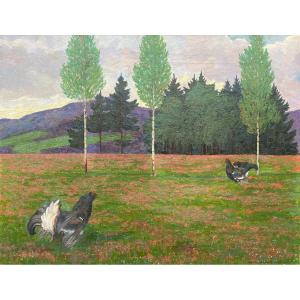
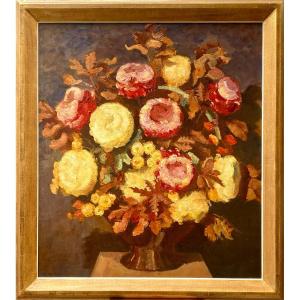
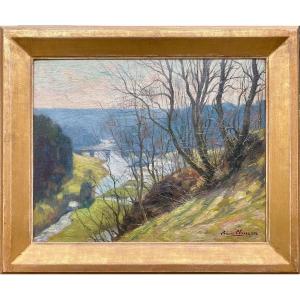
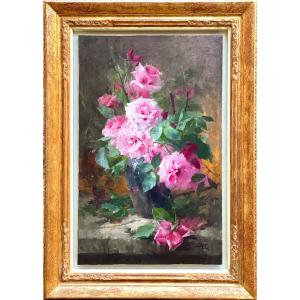

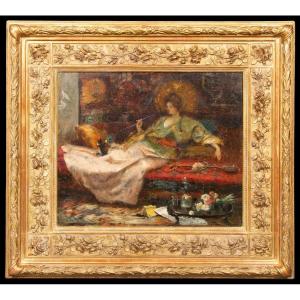

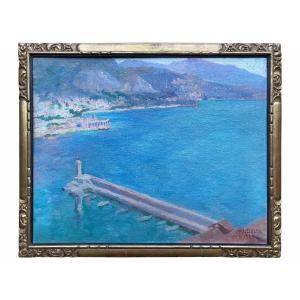
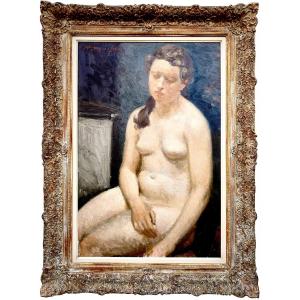
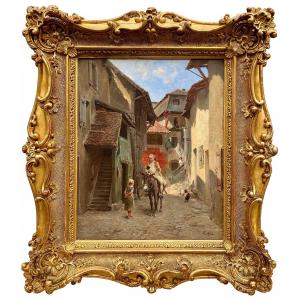
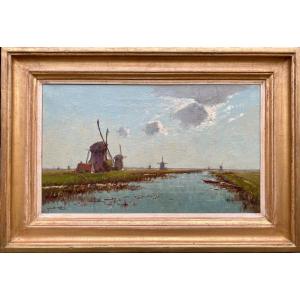
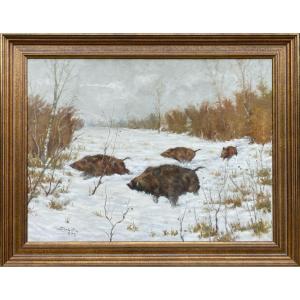
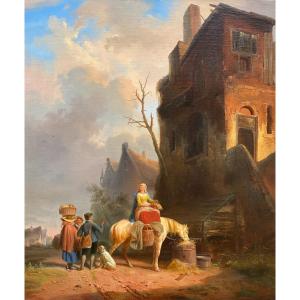
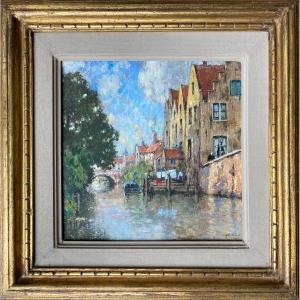



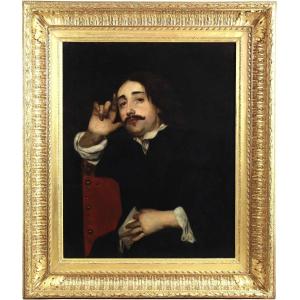
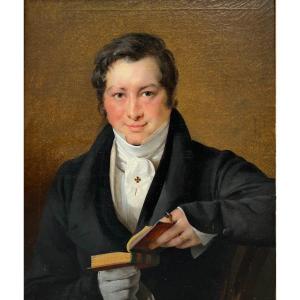





 Le Magazine
Le Magazine Rivista Artiquariato
Rivista Artiquariato TRÉSORS magazine
TRÉSORS magazine